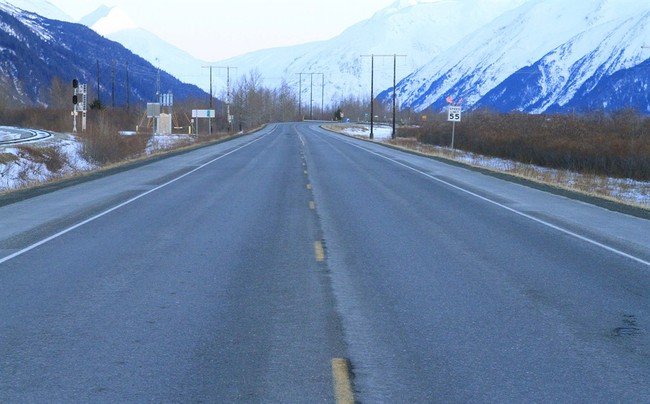“Tea Party Members Don’t Think Transportation Has a Federal Role!” Sen. Sherrod Brown, D-Ohio, complained last week near the site of a $5.8 million highway project.
If only most Tea Party members were this radical.
While Brown and other government officials fear Republicans will cut spending, Republicans are debating adding another $10.5 billion to the highway trust fund to keep it running for another year — without deciding how to reform it.
There is no doubt that some roads and bridges need work. However, too little of the government’s transportation funding goes to building and repairing roads.
As Cato Institute transportation analyst Randal O’Toole points out, national federal highway construction was largely completed in 1982, but instead of cutting the gas tax that helped pay for it, Congress raised the tax and spent most of the money on other goals. such as bicycle paths and “mass” transport.
“Building the interstate highway system,” O’Toole writes, “has been replaced by a complex and often contradictory set of tasks: maintaining infrastructure, increasing mobility, reducing air pollution, discouraging driving, supporting transportation, building expensive railroads, promoting a development economy, stimulating the economy , stopping climate change and ending urban sprawl.”
Then, as the roads deteriorate, the federal government laments that it doesn’t have enough money.
We should have known that an inevitable side effect of spending these billions by a distant central government is that road construction is not dependent on local supply and demand. Often “bulk” transport carries few passengers and nearby roads are congested.
Urban planners, who work closely with governments and distrust markets, believe that people will leave their comfortable suburban homes and flock to dense urban areas with walkable streets if the government simply invests money in mass transit.
But even after Congress spent billions on public transit projects and even redesigning the downtowns of some cities to make them more pedestrian-friendly, it turned out that most Americans wanted to stay in their suburban homes.
Urban planners then assumed that adults would move to cities when their children left for college or work, but a recent Fannie Mae report found that baby boomers are not doing that. The planners are surprised. They shouldn’t.
“After all,” O’Toole writes, “baby boomer parents have overwhelmingly preferred to ‘age in place’ rather than move when their children leave home; why should it be any different for baby boomers?”
It turns out the government spent billions on urban transit based on surveys that asked people whether they wanted to live in “walkable communities.”
Of course people said yes! Who wouldn’t want to live in an area where you can “walk to the shops”? But if they asked, “Are you willing to spend about four times as much per square foot to live in the city instead of in a spacious house in the suburbs?” they would get different answers.
Now I live the way the bureaucrats want you to live. I have an apartment in New York, one of the most densely populated places on Earth. To get around I take the subway and sometimes I ride a bike. I like living this way. But bureaucrats shouldn’t try to force you to live the way I live.
In fact, herding people into denser urban areas sounds suspiciously like something that makes life easier for the bureaucrats themselves. This was a popular idea among communist planners in Romania and North Korea. Mass transit and “planned spaces” appeal to the bureaucratic mind.
How about going the other way around? Let people live where they want, let private entities build roads and mass transit (many roads and even most of New York’s subways were built privately), and let commuters pay for roads and transit.
There is justice in this idea: people who like to drive will pay for it, and those who do not want to pay have an additional incentive to move to those that urban space planners like so much.
In the market, everyone wins. When it comes to government planners, it’s always “my way or the highway.”


